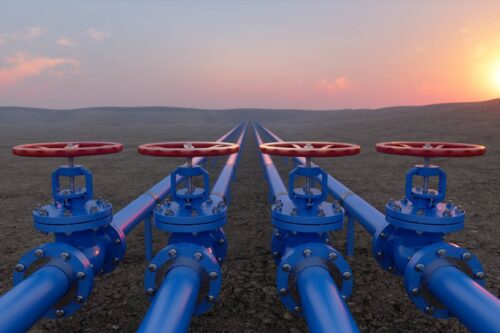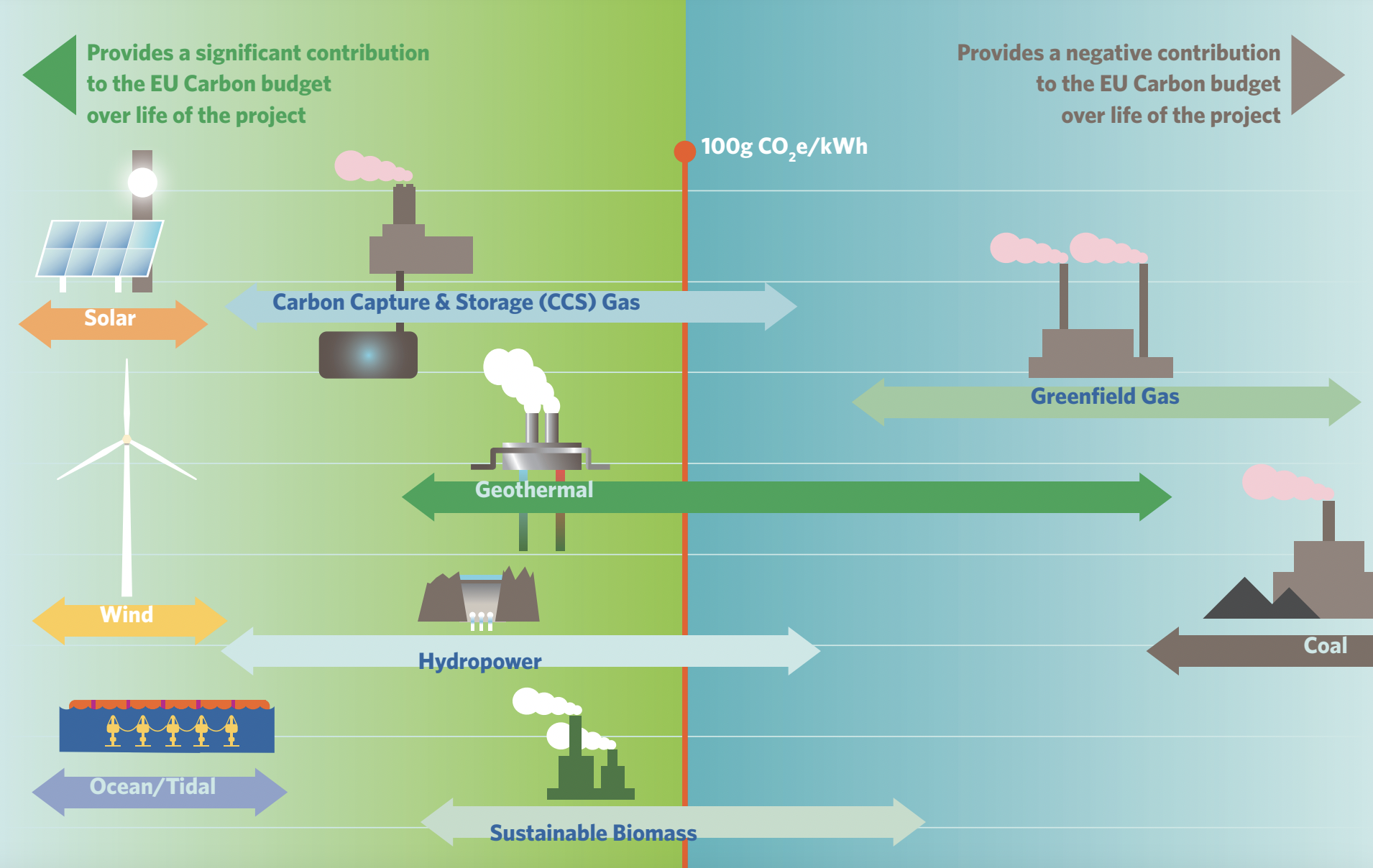
Aligning the EU’s Natural Gas Policymaking with Its Climate Goals
Russia’s invasion of Ukraine underscores the heightened energy security risks associated with the European Union’s oil and gas imports. But this dependency on imported gas also has disproportionate climate impacts. In the short term, sourcing alternatives to Russian gas could reduce EU greenhouse gas (GHG) emissions. Over the long term, however, sanctioning emissions-intensive Russian oil and gas will not be enough to meet global climate targets. Our forthcoming analysis of global oil and gas resources estimates that these fossil fuel emissions can be cut by over 40 percent using available technology. External studies confirm these results. As the world transitions to clean energy, the EU is the right place at the right time to reduce oil and gas emissions if policymakers remain laser focused on concurrently improving both energy and climate security.
Minimizing Emissions Loopholes in the EU Taxonomy
Weeks before Russia waged war on Ukraine, the EU published a plan to classify some natural gas and nuclear power as “green” investments. The goal of the EU Taxonomy for Sustainable Activities is to guide investors’, companies’, and financial institutions’ decision-making to “meet the EU’s climate and energy targets for 2030 and reach the objectives of the European green deal.”
Under this plan, natural gas power plants would be labeled “green” if they have life-cycle emissions (including upstream production and distribution) below 100 grams CO2 equivalent per kilowatt-hour (g CO2e/kWh). Only gas plants that employ carbon capture and storage would meet this criterion today, as shown in Exhibit 1. Consequently, the taxonomy allows gas plant construction when renewables are not available at sufficient scale through 2030. New gas plants are allowed to emit up to 270 g CO2e/kWh—excluding the large and variable upstream production and distribution emissions. The result: A new slate of emissions-intensive natural gas projects could be built and operated over the next decade — the time frame that global scientists agree is essential to decarbonize industrial activities to avoid the most severe impacts of global warming.

Exhibit 1. Range of Technologies That Meet the 100 g CO2e/kWh Threshold
Source: “7 Key Points about the EU Taxonomy’s 100g Emissions Threshold,” Climate Bonds Initiative, 2021
Charting a Secure Climate Future
The EU Taxonomy plan received immediate pushback from some member states and environmental groups opposing the future role of natural gas in the EU power sector. Our analysis supports these concerns. Today’s supply chain emissions, which include upstream production and distribution, add an estimated 70 to 435 g CO2e/kWh to direct gas plant emissions, based on our analysis of currently operating global gas resources using the open-source Oil Climate Index plus Gas (OCI+) model.
Moreover, the gas supply-side emissions for select gas fields far exceed the prescribed life-cycle emissions threshold for gas plants at 100 g CO2e/kWh (Exhibit 2). For example, Russian gas is close to five times this emissions threshold, and US liquefied natural gas imports are over two times the threshold. Therefore, the failure to consider life-cycle emissions can significantly undercount climate impacts and undermine the EU’s climate goals.
If the EU Taxonomy were to pass as written, it would permit risky investments in high-emitting gas power plants or heating facilities until 2035 while labeling those investments “green.” This contradiction underscores the need to account for indirect emissions of natural gas before it arrives at power and heat plants.
Using Powerful Tools to Drive Better Natural Gas Sourcing Decisions
Ample emissions reduction opportunities exist in the natural gas supply chain. For example, if the EU sources MiQ-certified Grade A gas with the lowest climate impact — a methane emissions intensity of less than 0.05 percent — indirect emissions can be reduced by 15–40 g CO2e/kWh of electricity produced from select Russia, US, and Qatar fields. Placing a cap on indirect emissions intensity through the natural gas supply chain would increase the overall robustness of the EU Taxonomy, especially prior to the implementation of any carbon border adjustment mechanisms.
European countries, like Germany, are understandably acting in crisis mode. Now, more than ever, EU policymakers need clear-headed rules that align energy security and climate goals. These policy choices must reflect the longer-term climate impacts of its gas supplies. Accounting for life-cycle emissions will be critical to meet the EU’s climate targets given the wide-ranging emissions intensities of upstream gas resources.
All Eyes Are on the EU
At last year’s global climate conference in Glasgow, the EU led a global pledge to reduce methane emissions. Natural gas is one of the largest sources of this potent greenhouse gas. There can be no free pass for gas if the EU is to uphold its methane pledge. The EU must stress-test the Taxonomy and seize policy opportunities to lock in emissions caps and implement mitigation mechanisms, especially when it comes to methane. Including these mandates in the EU Taxonomy will prevent high-emitting gas substitutes from the United States, Africa, and elsewhere to fill the void in Russian gas, and move the global economy closer to alignment with a 1.5°C climate future.